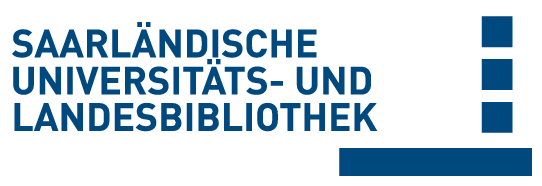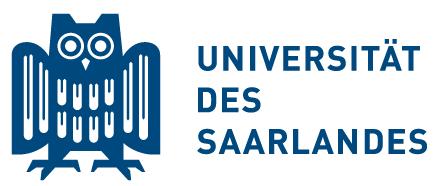Bitte benutzen Sie diese Referenz, um auf diese Ressource zu verweisen:
doi:10.22028/D291-30769 | Titel: | Early evaluation of corneal collagen crosslinking in ex-vivo human corneas using two-photon imaging |
| VerfasserIn: | Goncalves Batista, Ana Maria Breunig, Hans Georg Hager, Tobias Seitz, Berthold König, Karsten |
| Sprache: | Englisch |
| Titel: | Scientific Reports |
| Bandnummer: | 9 |
| Heft: | 1 |
| Verlag/Plattform: | Springer Nature |
| Erscheinungsjahr: | 2019 |
| Freie Schlagwörter: | Biomedical engineering Biophotonics Corneal diseases Medical imaging Nonlinear optics |
| DDC-Sachgruppe: | 600 Technik |
| Dokumenttyp: | Journalartikel / Zeitschriftenartikel |
| Abstract: | The clinical outcome of corneal collagen crosslinking (CXL) is typically evaluated several weeks after treatment. An earlier assessment of its outcome could lead to an optimization of the treatment, including an immediate re-intervention in case of failure, thereby, avoiding additional discomfort and pain to the patient. In this study, we propose two-photon imaging (TPI) as an earlier evaluation method. CXL was performed in human corneas by application of riboflavin followed by UVA irradiation. Autofluorescence (AF) intensity and lifetime images were acquired using a commercial clinically certified multiphoton tomograph prior to CXL and after 2h, 24h, 72h, and 144h storage in culture medium. The first monitoring point was determined as the minimum time required for riboflavin clearance from the cornea. As control, untreated samples and samples treated only with riboflavin (without UVA irradiation) were monitored at the same time points. Significant increases in the stroma AF intensity and lifetime were observed as soon as 2h after treatment. A depth-dependent TPI analysis showed higher AF lifetimes anteriorly corresponding to areas were CXL was most effective. No alterations were observed in the control groups. Using TPI, the outcome of CXL can be assessed non-invasively and label-free much sooner than with conventional clinical devices. |
| DOI der Erstveröffentlichung: | 10.1038/s41598-019-46572-3 |
| Link zu diesem Datensatz: | urn:nbn:de:bsz:291--ds-307690 hdl:20.500.11880/29036 http://dx.doi.org/10.22028/D291-30769 |
| ISSN: | 2045-2322 |
| Datum des Eintrags: | 22-Apr-2020 |
| Drittmittel / Förderung: | European Union Horizon 2020 (LASER-HISTO); European project FLIMVERTICO |
| Fördernummer: | 726666 |
| Fakultät: | NT - Naturwissenschaftlich- Technische Fakultät |
| Fachrichtung: | NT - Systems Engineering |
| Professur: | NT - Prof. Dr. Karsten König |
| Sammlung: | SciDok - Der Wissenschaftsserver der Universität des Saarlandes |
Dateien zu diesem Datensatz:
| Datei | Beschreibung | Größe | Format | |
|---|---|---|---|---|
| s41598-019-46572-3.pdf | Early evaluation of corneal collagen crosslinking | 6,72 MB | Adobe PDF | Öffnen/Anzeigen |
Diese Ressource wurde unter folgender Copyright-Bestimmung veröffentlicht: Lizenz von Creative Commons


